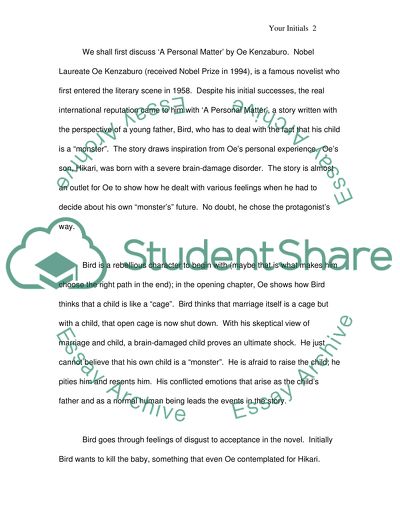Cite this document
(“Images of the disabled and the aged in modern Japanese novels Essay”, n.d.)
Images of the disabled and the aged in modern Japanese novels Essay. Retrieved from https://studentshare.org/miscellaneous/1552606-images-of-the-disabled-and-the-aged-in-modern-japanese-novels
Images of the disabled and the aged in modern Japanese novels Essay. Retrieved from https://studentshare.org/miscellaneous/1552606-images-of-the-disabled-and-the-aged-in-modern-japanese-novels
(Images of the Disabled and the Aged in Modern Japanese Novels Essay)
Images of the Disabled and the Aged in Modern Japanese Novels Essay. https://studentshare.org/miscellaneous/1552606-images-of-the-disabled-and-the-aged-in-modern-japanese-novels.
Images of the Disabled and the Aged in Modern Japanese Novels Essay. https://studentshare.org/miscellaneous/1552606-images-of-the-disabled-and-the-aged-in-modern-japanese-novels.
“Images of the Disabled and the Aged in Modern Japanese Novels Essay”, n.d. https://studentshare.org/miscellaneous/1552606-images-of-the-disabled-and-the-aged-in-modern-japanese-novels.


